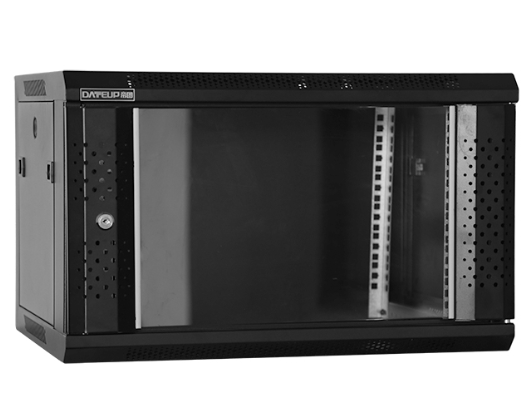News
Site Editor
 Site
https://leonetworkgroup.usa18.wondercdn.com/uploads/image/5fe152faa587d.png
A patch panel is a crucial component in a network system that provides a convenient and efficient way to organize and manage network connections. It acts as a hub that allows for the easy interconnection of devices and is responsible for ensuring reliable connectivity between network devices. To ensure that a patch panel is working correctly, it is critical to test and verify that all connections
Site
https://leonetworkgroup.usa18.wondercdn.com/uploads/image/5fe152faa587d.png
A patch panel is a crucial component in a network system that provides a convenient and efficient way to organize and manage network connections. It acts as a hub that allows for the easy interconnection of devices and is responsible for ensuring reliable connectivity between network devices. To ensure that a patch panel is working correctly, it is critical to test and verify that all connections
How To Test A Patch Panel
Views: 1169
Author: Site Editor
Publish Time: 2023-07-12
Origin: Site
A patch panel is a crucial component in a network system that provides a convenient and efficient way to organize and manage network connections. It acts as a hub that allows for the easy interconnection of devices and is responsible for ensuring reliable connectivity between network devices. To ensure that a patch panel is working correctly, it is critical to test and verify that all connections are functioning correctly and that the patch panel is performing optimally. In this article, we will discuss how to test a patch panel.
Step 1: Physical Inspection
Before testing a patch panel, it is essential to conduct a physical inspection to ensure that everything is in order. Check the patch panel for any physical damage, such as loose or broken cables, damaged ports, or misaligned wires. It is also crucial to verify that all cables are properly inserted into the patch panel's ports.
Step 2: Connectivity Testing
Connectivity testing is the most crucial step in testing a patch panel as it allows you to verify that all network cables are correctly connected and functioning optimally. There are several ways to conduct connectivity testing, as outlined below:
1. Visual Inspection: This involves a visual verification of the patch panel's connections. Ensure that all wires have been snapped properly into their respective ports. When inspecting the patch panel, look for any irregularities such as cables that are damaged, tangled, or incorrectly connected.
2. Continuity Tester: A continuity tester is a device that checks whether a cable is correctly wired and whether the connections are secure. This tester is an essential tool that verifies that all network cables connected to the patch panel are transmitting signals as intended. Connect the tester to each port on the patch panel to check the continuity between the pins.
3. Cable Scanner: A cable scanner is a device that checks a cable's integrity, quality, and length. It verifies the cable's progression and helps pinpoint any cable defects and mismatches. To test for continuity, plug the scanner's transmitter into the network cable and the receiver into the patch panel's corresponding port.
Step 3: Performance Testing
In addition to connectivity testing, it is crucial to test the patch panel's performance to verify that it is optimized for its intended use. The following are some performance testing methods:
1. Throughput Testing: This test checks the volume of data sent and received within a given time frame. Determine the capacity of the patch panel by connecting your device(s) to the patch panel, issuing a ping command, and noting the response times.
2. Bandwidth Testing: This test measures the amount of data that can be transmitted through a network within a given time. Bandwidth testing helps determine the patch panel's capacity to transmit data efficiently. You can use tools like Iperf or Netcat to conduct this test.
In conclusion, it is crucial to ensure that a patch panel is working correctly to ensure seamless connectivity between network devices. By following the steps outlined above, you can test the patch panel's physical integrity, connectivity, and performance to ensure that it is functioning optimally.
If you want to know more about industrial network cabinet,china fiber optic splice closure,china fiber optic distribution box,please consult the fiber optic splice closure factory









